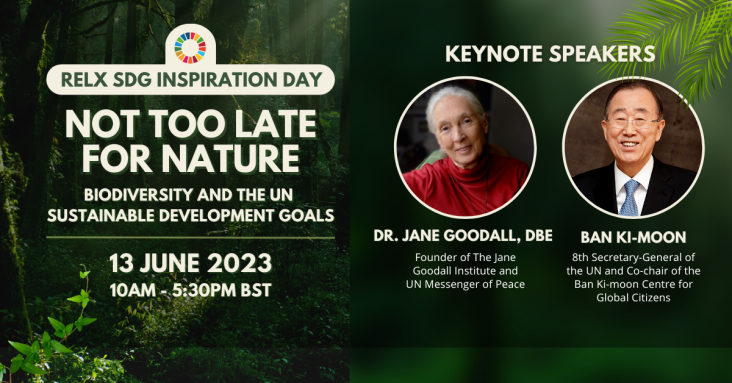This study supports SDGs 9 and 15. The permafrost on the Tibetan Plateau has been significantly degraded becuase of global warming. This article assessed the future stability of the Qinghai-Tibet Railway.
This Health Policy paper supports SDGs 2, 3, and 13, by identifying and examining the debates that arose from the publication of the EAT–Lancet Commission, systematically examining how research has been directly influenced by the Commission, and synthesising identified research gaps to build a research agenda for healthy and sustainable food systems.
Show effects of wildfires on the vocal communcication of an iconic threatened species
This is the first report on genetic diversity and population structure analysis of P. polyphylla at the molecular level in Nepal.
This article shows that ecological factors play a significant role in shaping the phytochemical diversity among and within wild populations of Teucrium marum.
This Health Policy paper supports SDG 3, 15, and 16 by highlighting how climate change and other human-induced environmental changes, such as loss of biodiversity and air pollution, disproportionately affect the health of minoritised people globally.

Recognising our customers' exceptional work to achieve the United Nations' Sustainable Development Goals

This article describes the effects of climate and environmental change on viticulture in heroic & steep slope settings
In addressing the SDGs in general, the authors pose the question, “What is the potential role of SDGs as an accountability mechanism?”. A case study approach using interviews is taken to examine how certain organisations may use the SDGs as an accountability mechanism, and whether or not meaningful accountability is actually being achieved. It is concluded that the full opportunities offered by the SDGs are not yet in full use.

